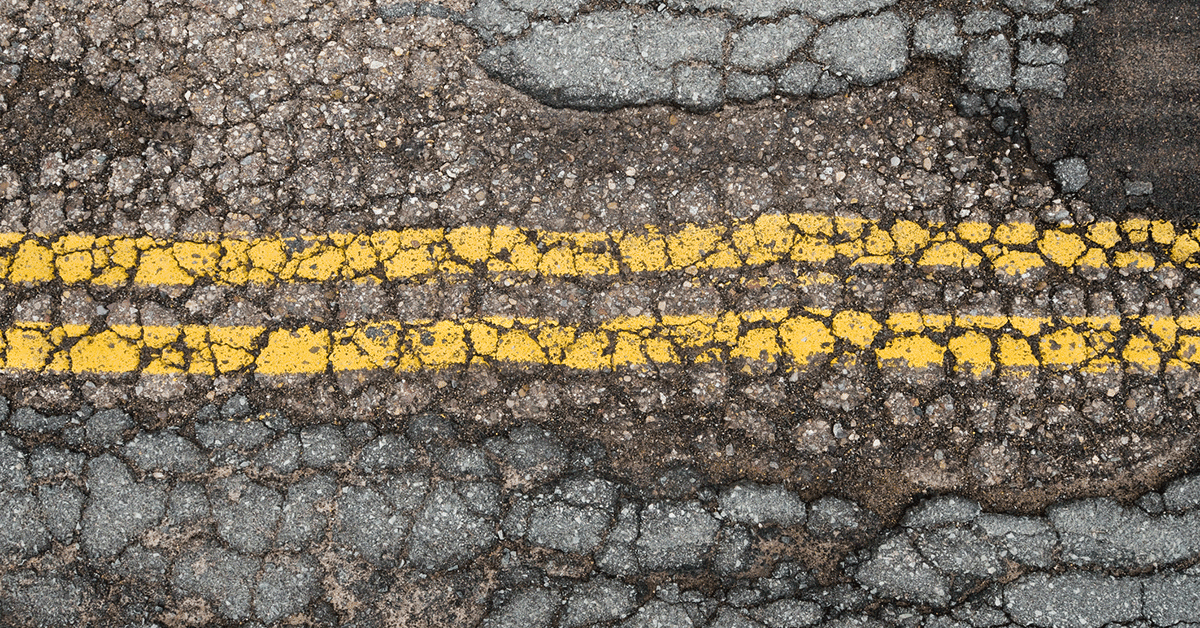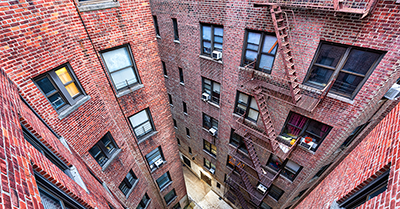
Historic infrastructure bill passes, but it will merely be a good first step
American families lose, on average, about $3,300 annually due to failed infrastructure. Did you ever hit a pothole and blow out a tire? That’s failed infrastructure. Did you ever lose power long enough, or does it happen frequently enough, where you have to purchase your own generator? That’s also failed infrastructure. Ever sit in bumper-to-bumper traffic for an hour or more, not because of an accident or construction, but simply because of volume? Yep, that too is failed infrastructure.
One of President Biden’s biggest campaign promises was an ambitious plan to fix the country’s crumbling infrastructure.
After months of debate and editing to the initial plan, the U.S. House of Representatives finally passed a legislative package that will bringing those promises to fruition.
The final hurdle that House Democrats had to clear was agreeing on language that is geared toward fighting climate change as well as some social programs.
As they struggled for months to come to an agreement within their own party, the other part of this landmark legislation — the bipartisan Infrastructure Investment and Jobs Act (IIJA) — remained in mothballs.
As they struggle to come to an agreement within their own party, the other part of this landmark legislation – the bipartisan Infrastructure Investment and Jobs Act (IIJA) – remains in mothballs.
Now passed, the legislation calls for a $1 trillion infrastructure investment, including $550 billion in new government spending. It sounds pricy, but it likely is only enough to get the ball rolling — for now.
Scientific American recently interviewed Maria Lehman, president-elect of the American Society of Civil Engineers, a professional organization that issues letter grades on U.S. Utilities in 17 different categories every four years.
These categories include such key infrastructure themes as access to Broadband internet, water quality, and the quality of America’s roads and bridges.
Considering how they are usually graded, America wouldn’t want to take its report card home to mom and dad.
The grades rarely are better than a “D.” Several categories are in danger of an outright failure. This is an ongoing problem from one presidential administration to the next, regardless of promises to fix aging infrastructure.
“We’ve had many, many, many decades of taking our infrastructure for granted,” Lehman told Scientific American. “And it’s all coming due at the same time.”
Lehman said that most of the country’s infrastructure is old, outdated, and not built for today’s needs. She cited more traffic on roadways and included in that are more trucks hauling goods, and that these trucks today are heavier than they’ve ever been.
“Things (like that) weren’t imagined 30, 40, 80 years ago when we built it,” she said. “The federal government really hasn’t changed or increased their formulas for several decades. It certainly hasn’t kept up with inflation. A lot of states and locals have done things like bond issuances… or raised gas taxes to be able to fund more than they were before. But it still comes down to the fact that you really need a strong federal partner.”
Lehman said that 11 of the 17 categories got a D gradeor worse. Those 11 were aviation, dams, hazardous waste, inland waterways, levees, public parks, roads, schools, stormwater, transit, and wastewater. Transit’s grade was a D-minus.
The IIIJA will help, but only to an extent. That’s because of how long the wait has been to really do something at the federal level. The gap between funding sources and the need, according to Lehman, is $2.6 trillion over the next decade.
So, while the IIJA would be the most the federal government has ever invested in America’s infrastructure, it’s still behind the gap that’s needed.
“If you look at the bill, the biggest impact that I see is in bridges,” Lehman said. “Because in bridges, I think it takes up about three quarters of the gap. In highways it’s much less, because we have over a trillion in road bridge backlog—out of that $2.6 trillion, $1.1 trillion is in roads and bridges—and roads are expensive to reconstruct.
“You know, for highways alone, it’s $1,000 a year [lost] on average across the U.S. just sitting in traffic, and people not going back to transit or commuter rail has caused car-mageddon in a lot of cities. People feel safer in their cars [because of COVID]; they’re not going back to transit. And that’s causing a lot of issues, and more wear and tear on the road, and more costs.”
The place where the two parts of the legislation – the part still being debated by House Democrats and the IIJA – might be one of the most popular parks in America: Denali National Park in Alaska.
There is just one road in and out of the park, but it still attracts hundreds of thousands of tourists each year.
That road is 92 miles long. It is winding and passes through and around mountains until it dead ends at an old mining community. For almost 100 years, this road has been supported by the mountain. But now, the mountain is killing the road.
Scientists have discovered a rocky glacier underneath the mountain about halfway along the road. Because of warming changes in the climate, the glacier is moving downhill and, in that process, it’s taking part of the road with it. Soon it will cut off access to the road and some of the park’s most notable attractions.
In August, park managers had to close the road and evacuate the lodgings on the other side of the glacier. It ended the summer tourist season early and the park announced it would remain closed through the summer of 2022.
To save the road, it will require about $53 million to build a bridge. But that’s not an overnight project either. So, for the next several years, one of the top tourist sites will be closed to the public.
A combination of climate change and infrastructure needs has caused this headache.
“I just kept looking up at that landslide area and down where it passes, and how narrow that road was and how much it had slipped from the year prior,” Alaska Sen. Lisa Murkowski told the Washington Post. “And I tell you: I just wanted to get out of there.”
The risk to tourists is low. And even though the road is closed at a point, visitors can still access the front half of the park and turn around before even reaching the landslide that is being caused by the glacier.
Still, it’ll be at least two years before a bridge can be built and the park returns to a sense of normalcy.
For decades, the glacier was sliding downhill a few inches per year, and it created small cracks in the road that required occasional maintenance to fix. But, as the park experienced record warmth and rainfall in recent years, the glacier’s descent has sped up creating today’s problem.
Since August, the road has sunk about 30 feet and is now sinking at more than a foot a day – which is staggering.
“It’s highly likely that we will see mass movement events affecting the road in a very expensive way,” Louise Farquharson, an Arctic geologist and research professor at the University of Alaska Fairbanks told the Post. “This isn’t a one and done.”
Time to Focus on Affordable Housing
Taxes on real estate are not the answer. Sign the petition calling on Congress to address our country’s housing shortage.





